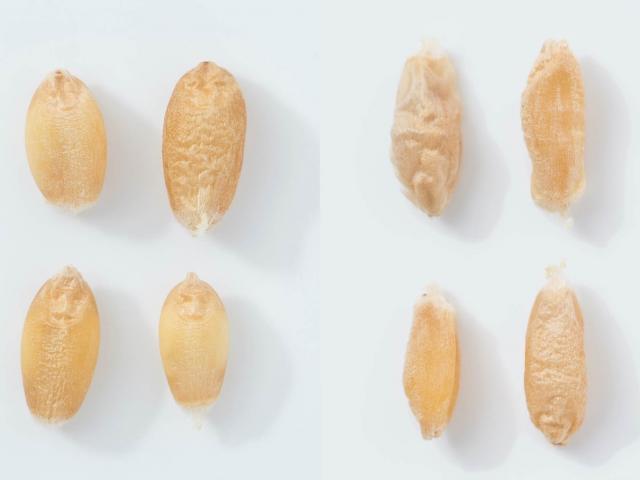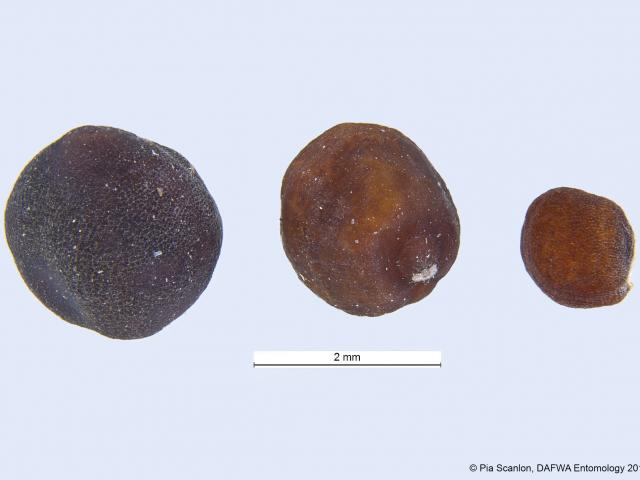Harvesting a frosted crop
Harvesting a frosted crop brings another layer of complexity to an already busy time of year. Some of the complications are limited to this season’s harvest; whilst others have ramifications for next season’s crop.
Cereals
Considerations for harvest
- Frost damage varies across the landscape in severity and scale in some areas.
- Better yielding paddocks and crops should be harvested first.
- Frosted crops are difficult to thresh due to higher residual sugars, lower grain volume and green material in the case of a plant re-tillering. Despite lower tonnages, daily harvest maintenance and regular clean down will remain vital to minimise machinery fatigue and fire risk in these difficult harvesting conditions.
- Grain quality may also be compromised depending on the frost timing. Frost affected grains usually have a lower hectolitre weight and higher screenings. Adjusting header settings and/or grading can be beneficial but check the feasibility first.
Considerations for next season
- Frosted stubble can rot off at ground level and be difficult to seed into. To minimise trash flow problems stubbles may have to be cut low.
- Given the residual nutrients in frosted crops there may be a risk of windrow effects.
- Evaluating weed seed burdens and wind erosion risk will help determine the best course of action.
- If keeping seed for next season, it is important to source seed from the least-affected areas to maximise establishment. Seed quality can be tested closer to seeding by DPIRD Diagnostic Laboratory Services for a small charge.
Canola
Canola has a greater capacity to recover from frost than cereals due to its indeterminate growth habit, however seed production can be severely affected, particularly if a frost occurs during the flowering to the clear watery stage (approximately 60% moisture). That being said, the effects of frost aren’t clear cut, as other environmental factors such as high temperatures will have a larger role in determining yield and quality. Overall management should not differ greatly from unfrosted canola crops but there are a few considerations to be aware of at harvest time.
Considerations for this harvest
- Frosted grain will be mushy or shrivelled, often the pods will have a scarred or blistered surface. Shrivelled seed may retain its green colour and affect oil quality.
- In severe frost events the developing seed will die, which turns into a mushy brown mass, drying to a small black or brown speck with poor oil quality.
- Growers are likely to see a reduction in yield where there has been a frost, however, if not all pods and seed have been frosted then a favourable finish can allow for seed filling and often favourable oil production.
Considerations for next season
- Avoid retaining grain frosted seed for onfarm use for sowing in subsequent seasons. Grading will remain important if keeping seed for next year. Where there has been a frost, seed is likely to be smaller which will make it challenging particularly in low rainfall areas where canola seed is often smaller.
- Mapping out the areas that were affected by frost will be useful information to help determine crop choice for subsequent seasons.


